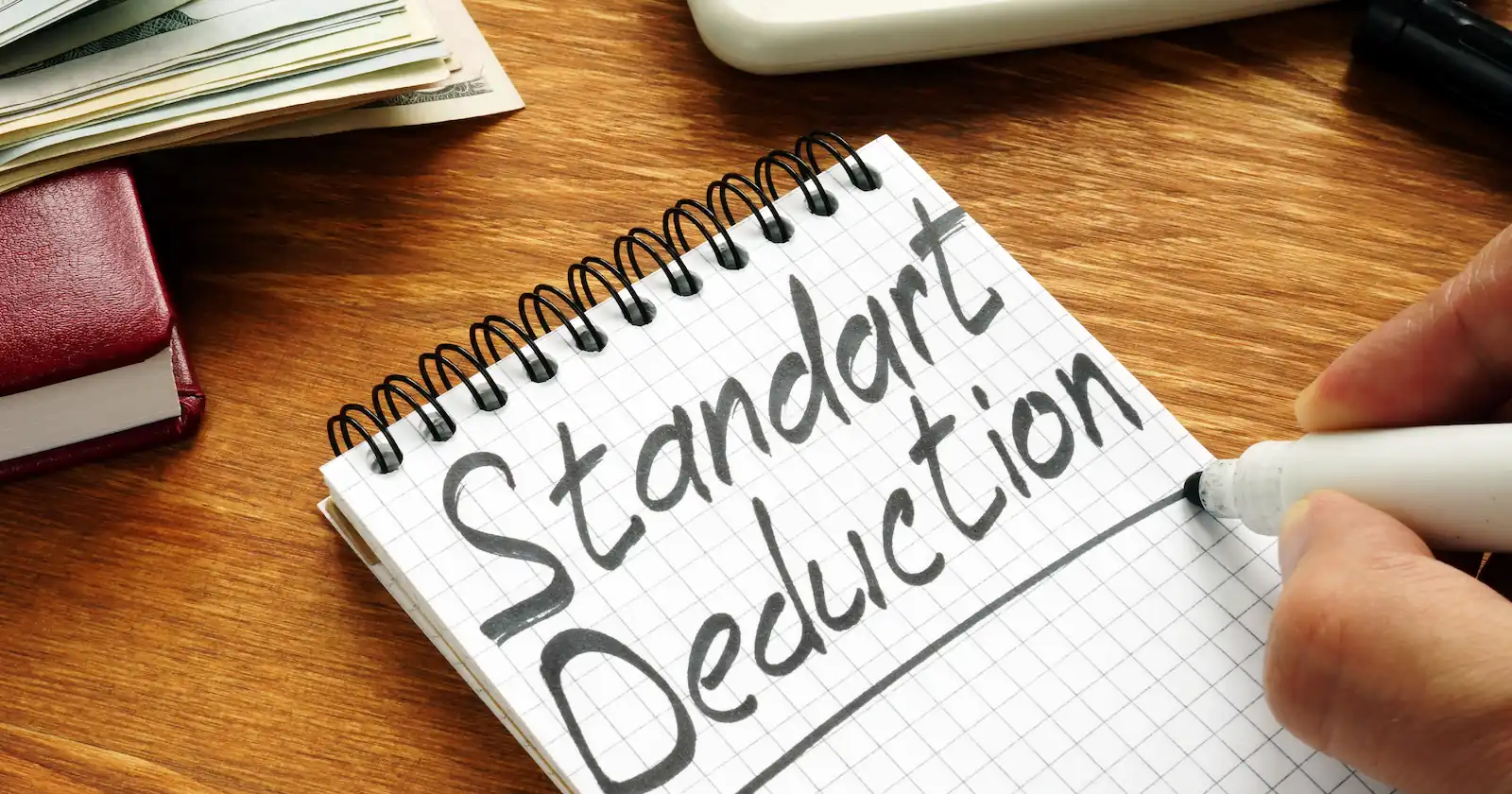In a bid to recover part of money stuck in litigation, companies may be allowed to pay a portion of the money demanded and end dispute and government may introduce such tax dispute settlement scheme in coming budget.
The government is considering a litigation settlement scheme
in the upcoming budget that will allow companies to put an end to legacy tax
disputes by paying a portion of the money demanded by the revenue department,
said four people with knowledge of the matter.
This could help bridge the fiscal deficit gap and monetise a
part of the amount stuck in tax litigation, they said.
An estimated 500,000 cases have been pending in the courts
and quasi-judicial forums for years and it could take a long while before the
tax department sees any of the money, assuming it eventually wins. The total
value of these disputes is pegged at ₹7-8 lakh crore, said the people.
A government task force had recommended the litigation
settlement scheme in July last year. Such a move will also help improve ease of
doing business. Separately, the Central Board of Direct Taxes (CBDT) had set up
a panel to help reduce tax litigation in February last year focused on
resolving pending direct tax disputes urgently.
Precise details of the proposal under consideration aren’t
available but it could be along the lines of the Sabka Vishwas–Legacy Dispute
Resolution Scheme, which is aimed at reducing old service tax and central
excise cases, said the persons cited above.
Scheme Can Help Bridge Part of Fiscal Deficit
The Sabka Vikas scheme could collect about ₹30,000 crore.
“There are over ₹8 lakh crore stuck
in direct tax litigation and a resolution scheme could be a good way to unlock
value for the government,” said Girish Vanvari, founder of tax
advisory Transaction Square. “The government should come out with this
scheme where companies could settle the disputes by paying, say 10-20% of the
tax demand. There are several companies that would like to avail this scheme.”
The government could ask companies to pay part of the
disputed amount along with interest and penalties levied on that. Or it could
ask them to pay 40-50% of the tax demanded. The tax rate may not be the same
for every company — it could depend on the litigation amount and even the
details of the case.
The fiscal deficit stood at ₹8.07 lakh crore at the end of November last year, 13% above the full-year target, as per the Controller General of Accounts. This comes as revenue collections have been below expectation. To be sure, goods and services tax (GST) collections were at ₹1.03 lakh crore in December but the annual figure could still fall short of the government’s internal target of ₹ 1.25 lakh crore. Direct tax collections were estimated at ₹5.5 lakh crore by the end of September last year,16% short of the internal target.
The recent scheme in indirect taxes has met with success with
estimates of over ₹30,000 crore of
revenue collections until now, which was possible since the scheme also left
something on the table for the taxpayer.
“A similar approach could be explored on the income tax side.”
While the scheme is mainly aimed at addressing concerns of
companies and resolving large tax disputes, it could also include individuals
with similar cases, said the people in the know.














